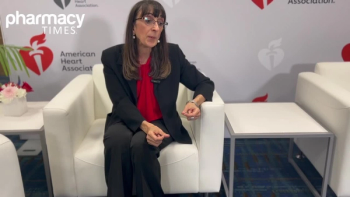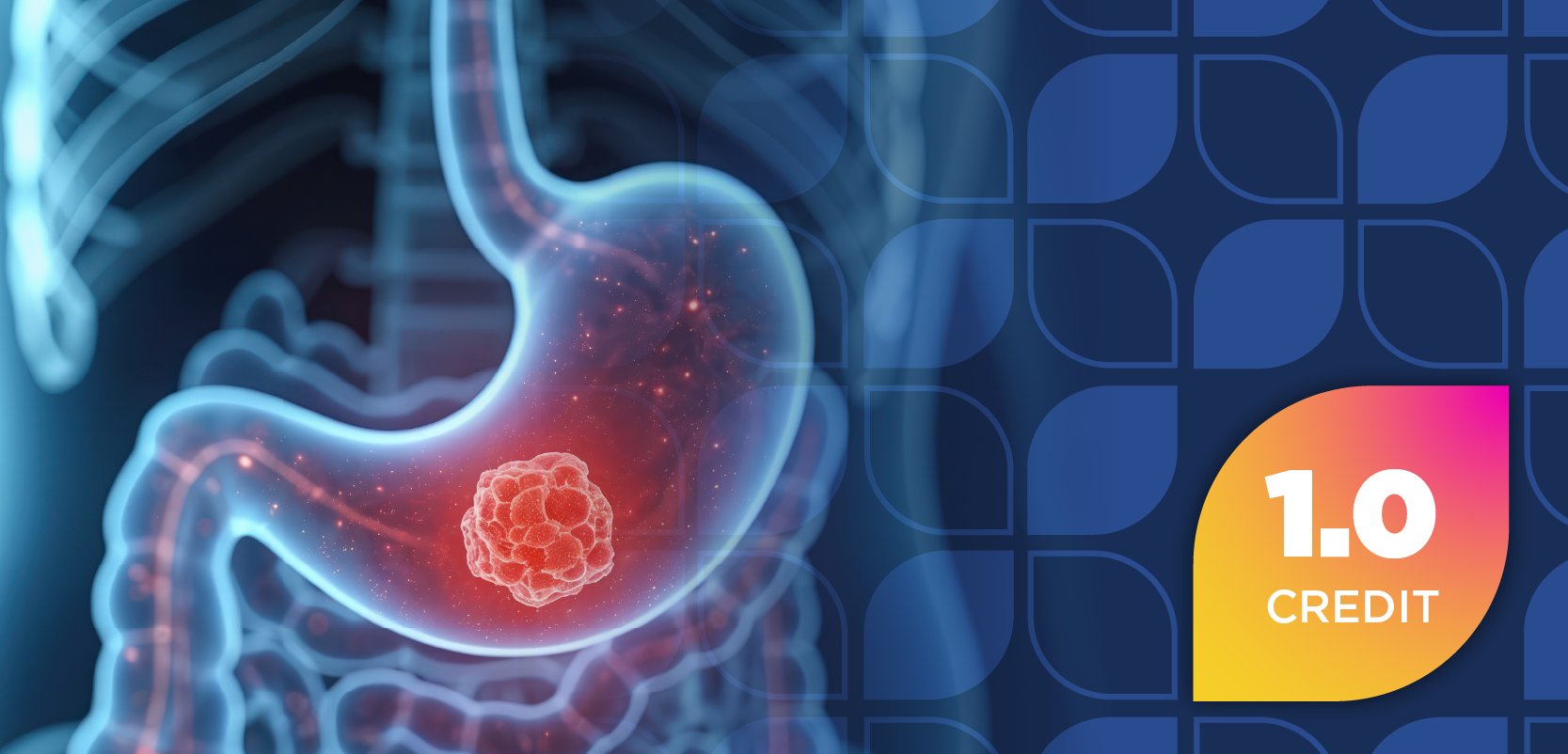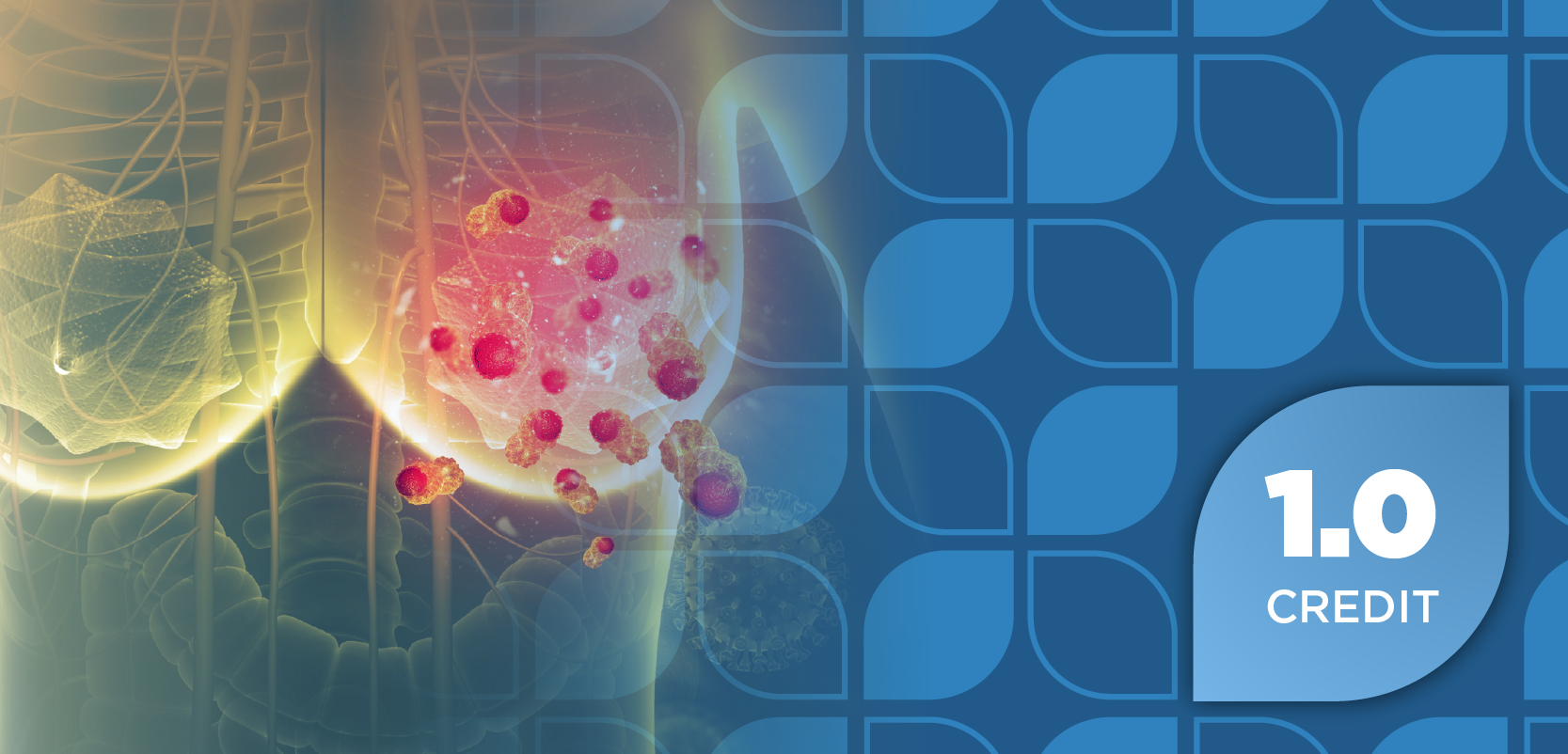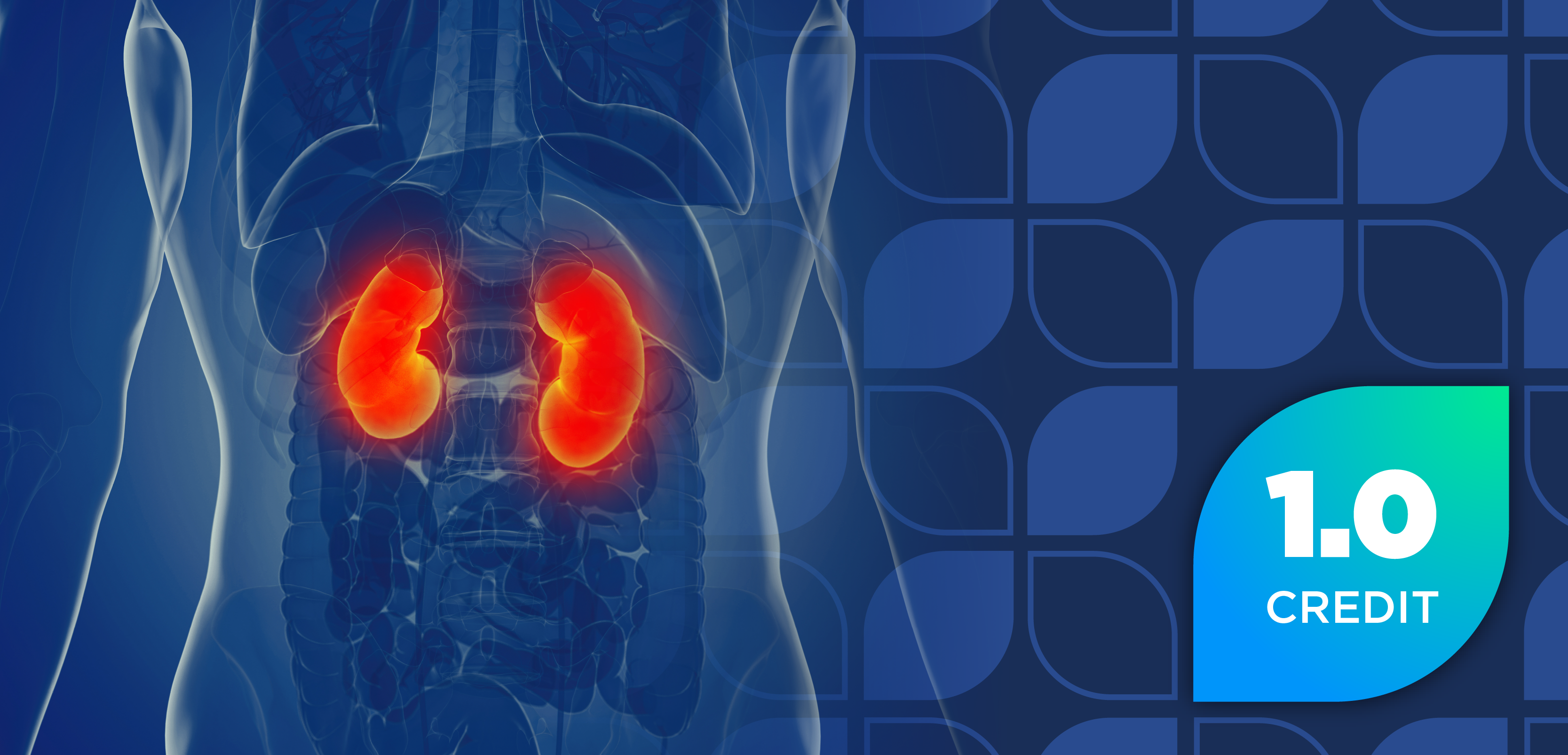
Building an Opioid Stewardship Program in Cancer Care: Pharmacist Roles, Challenges, and Patient Safety
MD Anderson's opioid stewardship program enhances patient safety and care by monitoring opioid use, addressing discrepancies, and fostering multidisciplinary collaboration in cancer treatment.
In an interview with Pharmacy Times®, Matthew D. Clark, PharmD, clinical pharmacy specialist in palliative care and opioid stewardship at The University of Texas MD Anderson Cancer Center, discussed the development and structure of the opioid stewardship program at MD Anderson, which officially launched a year ago but was built on a framework established nearly a decade earlier. He shared that the program uses urine drug screenings, prescription monitoring, and multidisciplinary collaboration to identify and address discrepancies in opioid use, diversion, or misuse among patients with cancer. Pharmacists play a central role by overseeing safety measures, interpreting results, and coordinating care plans. Clark highlighted unique challenges in cancer care, including balancing opioid safety with the need to manage cancer-related pain, and the program provides continuity, accountability, and compassionate care to patients at risk.
Pharmacy Times: Can you walk us through the structure of your opioid stewardship program and highlight the roles pharmacists and other interdisciplinary team members play?
Matthew D. Clark, PharmD: The opioid stewardship program here at MD Anderson was established just about a year ago. However, we had the framework for our opioid stewardship program almost 10 years ago, when we started noticing in our supportive care department that some of our patients were having a lot of discrepancies with their opioid use.
They were running out of their opioids early and calling in for early refill requests. It took one of our nurse practitioners to say, “Hey, we need to start monitoring these patients via urine drug screening.” So we started urine drug screening and found that some patients had discrepancies. For instance, some patients had no opioids present in their urine despite claiming adherence to their regimen, which was concerning for possible diversion. Other times, we found patients with illicit substances or unprescribed opioids and benzodiazepines, which raised safety concerns.
It wasn’t until last year that we went to our institution’s board with a blueprint and finally received funding to start our institution-based opioid stewardship program. With that, we have our medical director, a full-time nurse practitioner, and a full-time pharmacist, which is myself. The 3 of us make up the core team of our program.
We also include other team members, such as our psychosocial counseling team, social work, and case management. The unique role of the opioid stewardship pharmacist, as you can imagine, is opioid safety. Pharmacists are the point people to monitor opioid prescribing and use. My job is to randomize all of our urine drug screens in the clinic, interpret the results, and determine whether they are consistent with the patient’s opioid regimen and self-reports.
Once I interpret the results, I relay the information back to our team and the rest of the institution. With that, I help develop an opioid treatment plan if discrepancies are found. In addition, I monitor the prescription drug monitoring program to ensure patients are consistent with their prescriptions and not doctor shopping or pharmacy shopping. If there are discrepancies, I notify the team and help develop a treatment plan.
In addition to all of that, I fulfill my role as a clinical pharmacist in pain management and palliative care, which includes opioid education, medication education, medication reconciliation, and other typical pharmacist responsibilities, in addition to the opioid safety parameters we’ve instilled in our program.
Pharmacy Times: What are some of the unique challenges cancer institutions face with opioid prescribing, and how does an opioid stewardship program address these concerns?
Clark: That’s a good question. Within our opioid stewardship program, we target patients who are at risk for opioid misuse, opioid abuse, or any adverse outcome due to mishandling of opioids. Opioid stewardship should be thought of as an umbrella of opioid safety. The misuse population only accounts for a subset, so with our current resources, we generally target patients at risk for misuse.
The challenge is that even if patients misuse their opioids, use illicit substances, divert, or take more than prescribed, they still have cancer. That means they will still have pain and symptoms related to cancer. Unlike most ambulatory chronic pain clinics that have a 3-strike program, we don’t have the luxury of dismissing patients, because they would remain in uncontrolled pain.
Finding the balance between safety and providing compassionate care is a major challenge for our team and institution. What our stewardship program provides is continuity and accountability. If someone in the institution identifies nonmedical opioid use behaviors, they refer the patient to us. We take over their care, prescribe opioids, and provide close monitoring.
For patients with active misuse or illicit substance use, we schedule weekly follow-ups until they demonstrate adherence and abstinence. Once stable, we may extend visits to monthly, like our other patients. In rare cases, we have dismissed patients to the community due to continued adherence or substance abuse issues, but this is uncommon.
What we’ve found is that once patients experience continuity—seeing the same provider, the same pharmacist, the same counselor—their behaviors improve. That continuity has decreased risky behaviors, and that’s something we pride ourselves on and continue to provide to the institution.
Newsletter
Stay informed on drug updates, treatment guidelines, and pharmacy practice trends—subscribe to Pharmacy Times for weekly clinical insights.















































































































































































































